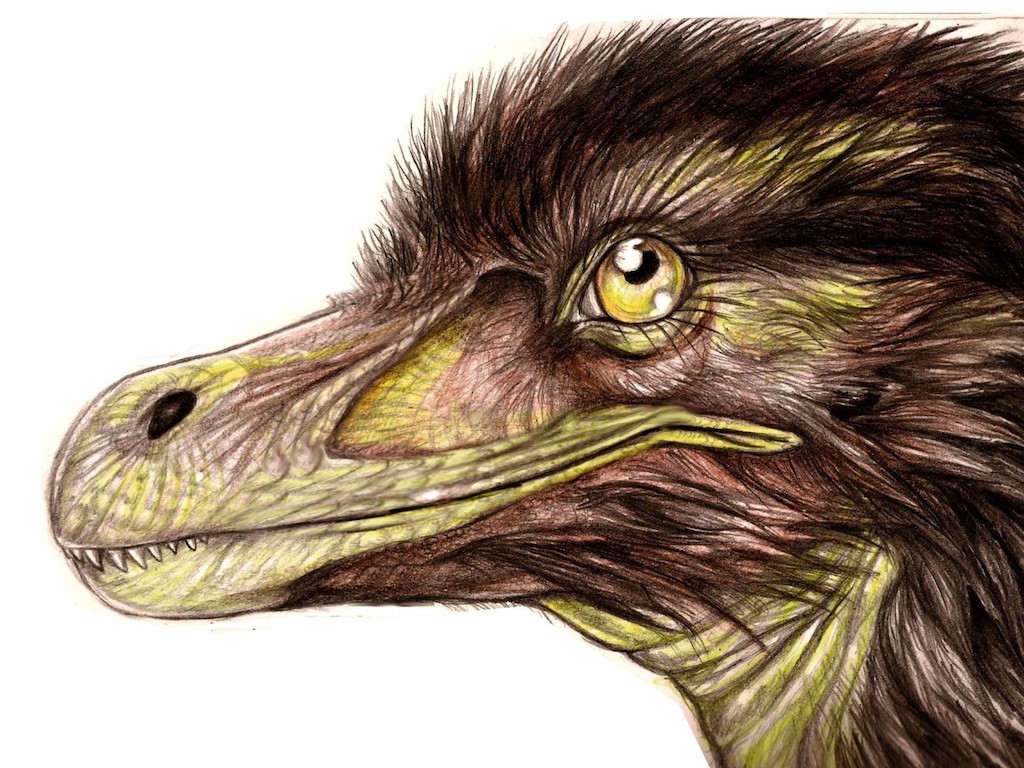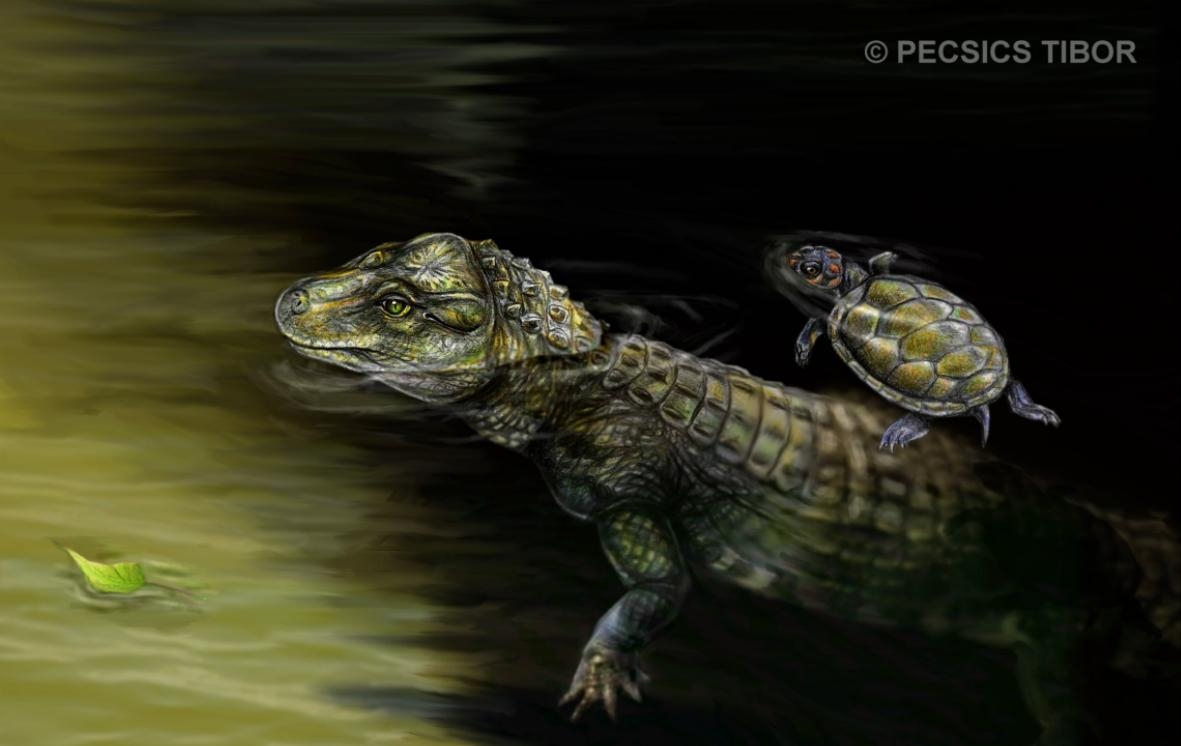
Mochlodon vorosi
Mochlodon, with a body length no longer than 2 meters, was one of the smallest within the clade of rhabodontid ornithopod dinosaurs endemic to Europe…

Pycnodontiform fishes are an extinct order of actinopterygian fishes. They have a mediolaterally flattened body, with oval or circular contour in lateral view. The shape and size of their fins are variable, the centra of their vertebrae is partially ossified. The biggest pycnodont species could have grown up to 2 meters in lenght, however, the average size of these fishes changed between 25-50 cm. Their dentition is typically heterodont: they have different morphotypes of teeth, which types had different fuctions during the process of chewing. Flattened incisiform teeth have been used for cutting, or grabbing the food, and it was smashed or cracked up by the circular, bean-shaped, drop- or pear-like molariform teeth. This type of dentition was excellent for feeding on hard shelled molluscs, such as gastropods and bivalves. Pycnodontiform fossils were primarly saltwater fishes, but the Late Cretaceous layers of Iharkút are clearly freshwater sediments.
The remains of pycnodont fishes are easy to recognize among the Iharkút vertebrate-material. This material consist of lower jaws, vomers, an unidentified premaxilla or predentale, hundreds of isolated teeth (both incisiforms and molariforms) pharyngeal teeth, and some scales.
Their lower jaws (prearticulare) bear several tooth rows, the best preserved Iharkút pydcnodontid prearticulars have 4 rows of teeth. The vomers have 5 rows of molariforms: one medial row, a two medial rows bot hon the left and right side. Their isolated incisiforms, and the oval, circular, bean-, drop- or pear-shaped molariforms have been found in great numbers during the sorting of the screened SZÁL-6 material (mostly 0.2-1 cm in size).
However, the pycnodontid material of Iharkút is not complete, we found them similar to those of the pycnodont genus Coelodus. Hopefully more pycnodontid fossils (e.g. skull elements) will be found at the Iharkút fossil site, which remains will let us closer to the taxonomical belonging and morphology of these amazing fishes.

Mochlodon, with a body length no longer than 2 meters, was one of the smallest within the clade of rhabodontid ornithopod dinosaurs endemic to Europe…

Chromatogenys tiliquoides, described as a new genus and species, is considered relatively rare among the Iharkút lizards…

Pneumatoraptor is the smallest known predatory (Theropoda) dinosaur in the Iharkút fauna. Based on its fragmentary remains…

Although there are no wild crocodiles in Europe today, there were 4 different species in the Bakony 85 million years ago…